

In Georgia’s southern Samtskhe-Javakheti region, many once populous villages are facing rapid abandonment, with their former inhabitants driven to leave by harsh environmental conditions and government neglect.
For many years, one family remained resilient in the village of Aspara, nestled on the western shores of Lake Paravani, Georgia’s largest lake. Long after their neighbours had left, the Ispiryans stayed firm in one of 20 houses that remained standing in the village, with the ruins of 60 others around them.
But since they left in 2021, the village has lain abandoned. Its demise drives unease in neighbouring communities in the largely Armenian-speaking region, who fear the same fate may soon befall them.
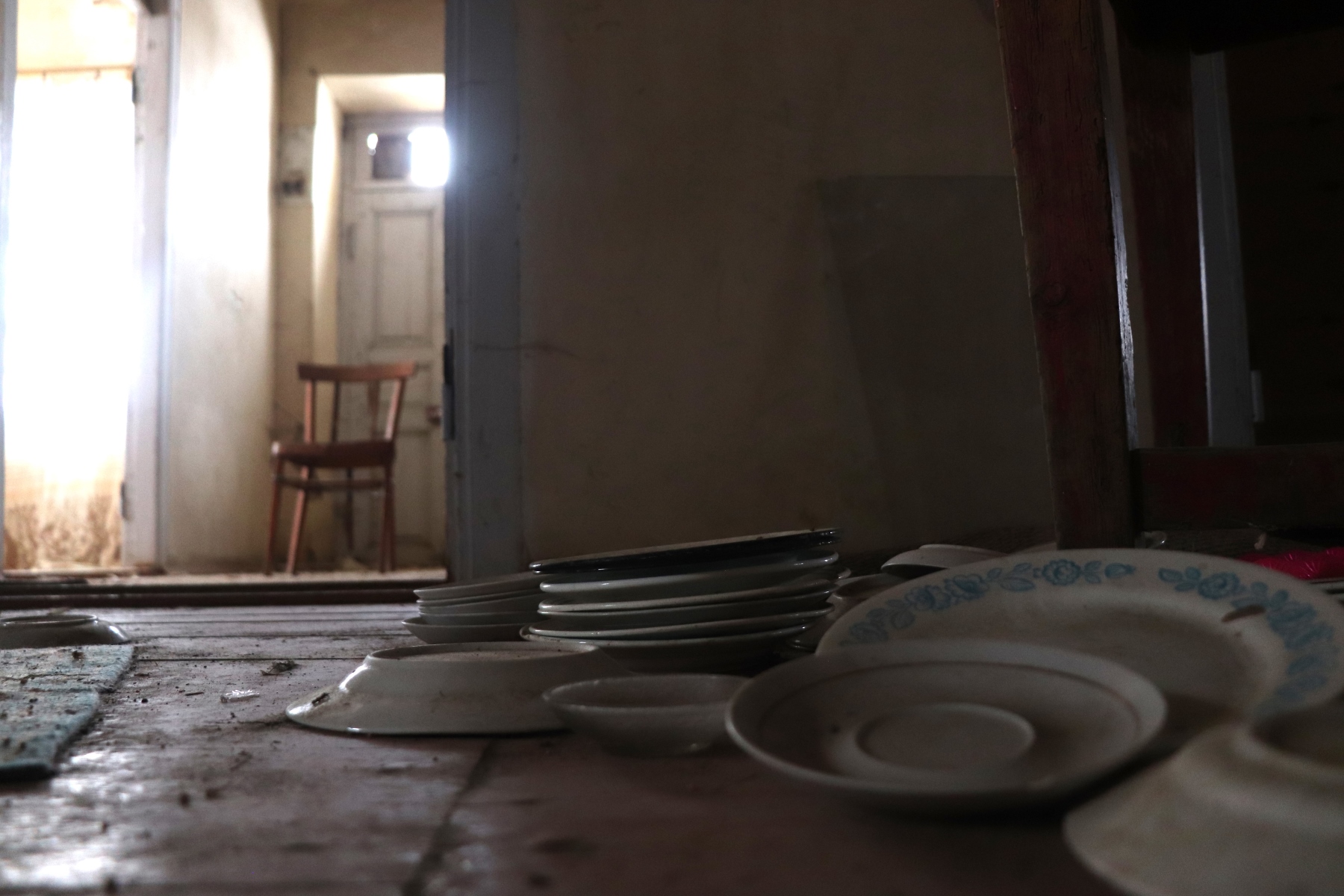
Local people say that the village’s abandonment began around 15 years ago, driven by a combination of its harsh climate at 2,000 metres above sea level, and lack of basic amenities. Aspara lacked a medical centre or shop and the school closed its doors around 2010. During the brutal winter months, the road connecting Aspara to nearby villages and towns became impassable, isolating its residents from the outside world.
‘We endured a very challenging life in Aspara. However, now that we no longer live there, we are gradually starting to miss those challenges. Winter was the toughest time, but it was also interesting’, recalls Nair Antonyan, a former resident of the village.
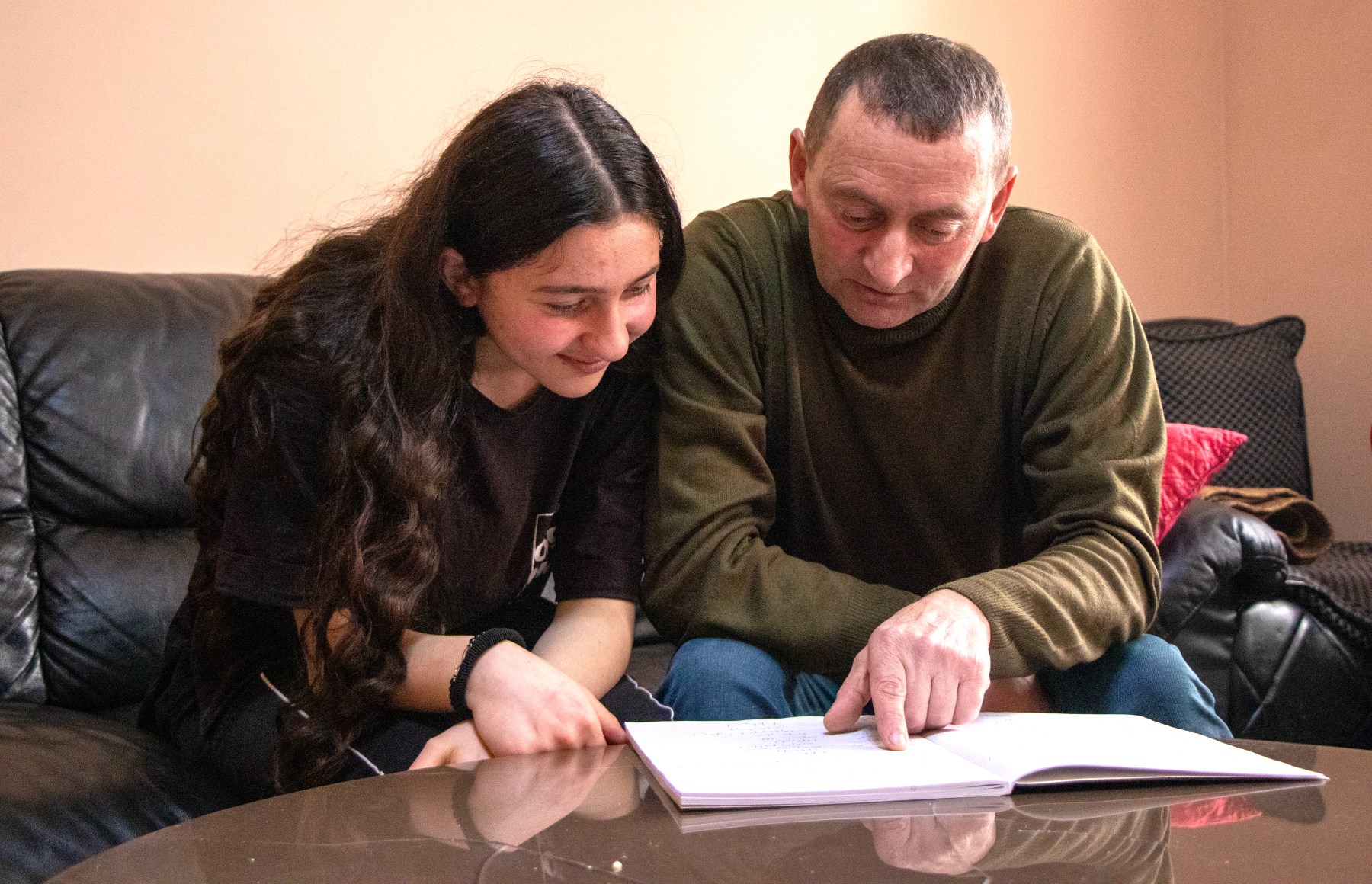
Born into an ethnic Armenian family in Aspara in 1972, Nair Antonyan left for Yerevan, Armenia’s capital, after completing his schooling in Aspara in 1987. He returned to the village a decade later, teaching science at the local school and tending to his small farm.
But in 2009, he and his family moved to Ninotsminda, a town of 4,000 an hour’s drive south-west of Aspara. He still works in agriculture, alongside another job.
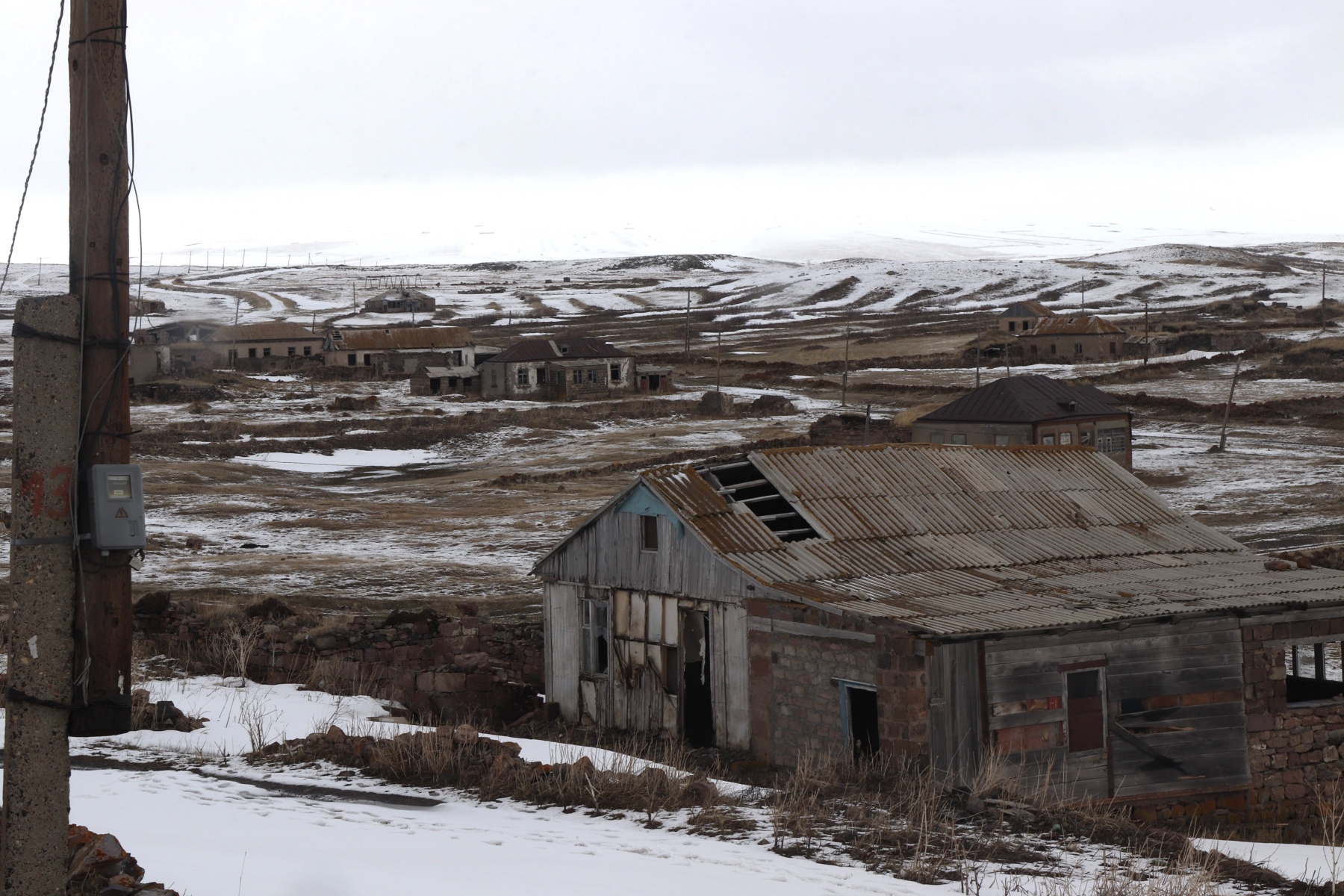
In Aspara, each house was divided into two parts: the old and the new. In the old section, there was often a stable attached to the house, while the new houses were built separately.
‘My father built a new house in 1983. Although it was not perfectly built, it was a solid house’, Nair reminisces.
Nair and his family members point to the village’s harsh living conditions as one of the primary reasons for their departure.
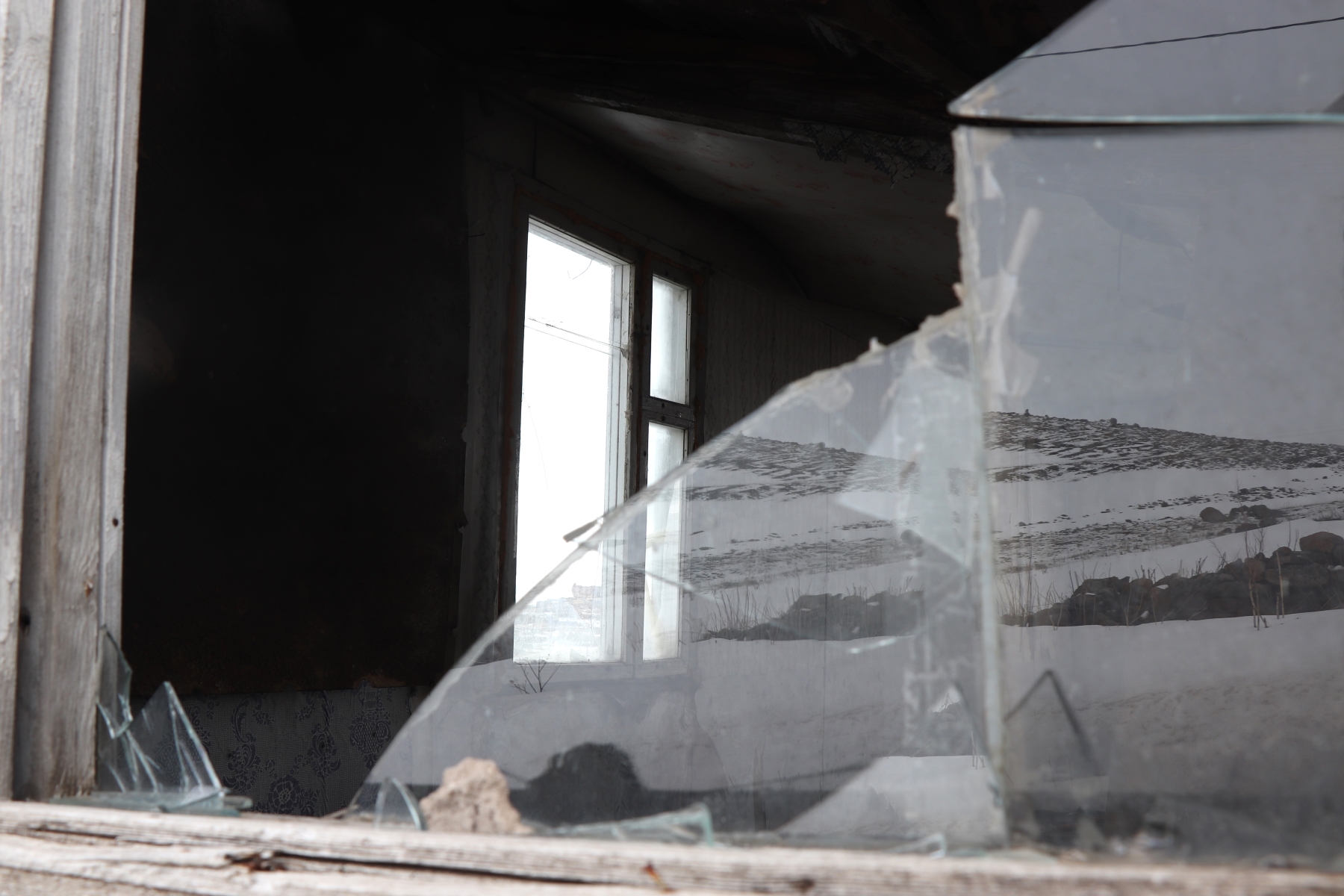
‘Many times in winter, we needed medical attention or faced other issues, but due to the impassable roads, the ambulance couldn’t reach us and we couldn’t leave the village’, a relative of Nair’s recalls.
While no one lives in the village year-round anymore, in the warmth of summer, Aspara briefly comes to life: welcoming back former residents and transient shepherds, nomads from Kakheti and Kvemo Kartli regions, who seek refuge. For the rest of the year, the village remains deserted.
A lost way of life
Further along the lakeside, halfway to Ninotsminda, the population of Vladimirovka is still hanging on. Around 100 people live in the village year-round, but they are doing so in the face of challenging circumstances.
Residents report feeling ignored by the local government, with a number of long-running concerns remaining unaddressed for years.
One of local residents’ primary grievances is the dismal state of the roads. While the nearest village is only three kilometres away, the road takes half an hour to travel by car. With petrol also hard to come by in the village, its residents end up isolated. This has clear immediate-term effects, with people unable to buy basic goods, access medical treatment, or visit family and friends without an unnecessarily arduous journey. Many seek refuge with relatives in nearby cities, or even other countries, during the winter months, to avoid months of effective entrapment.
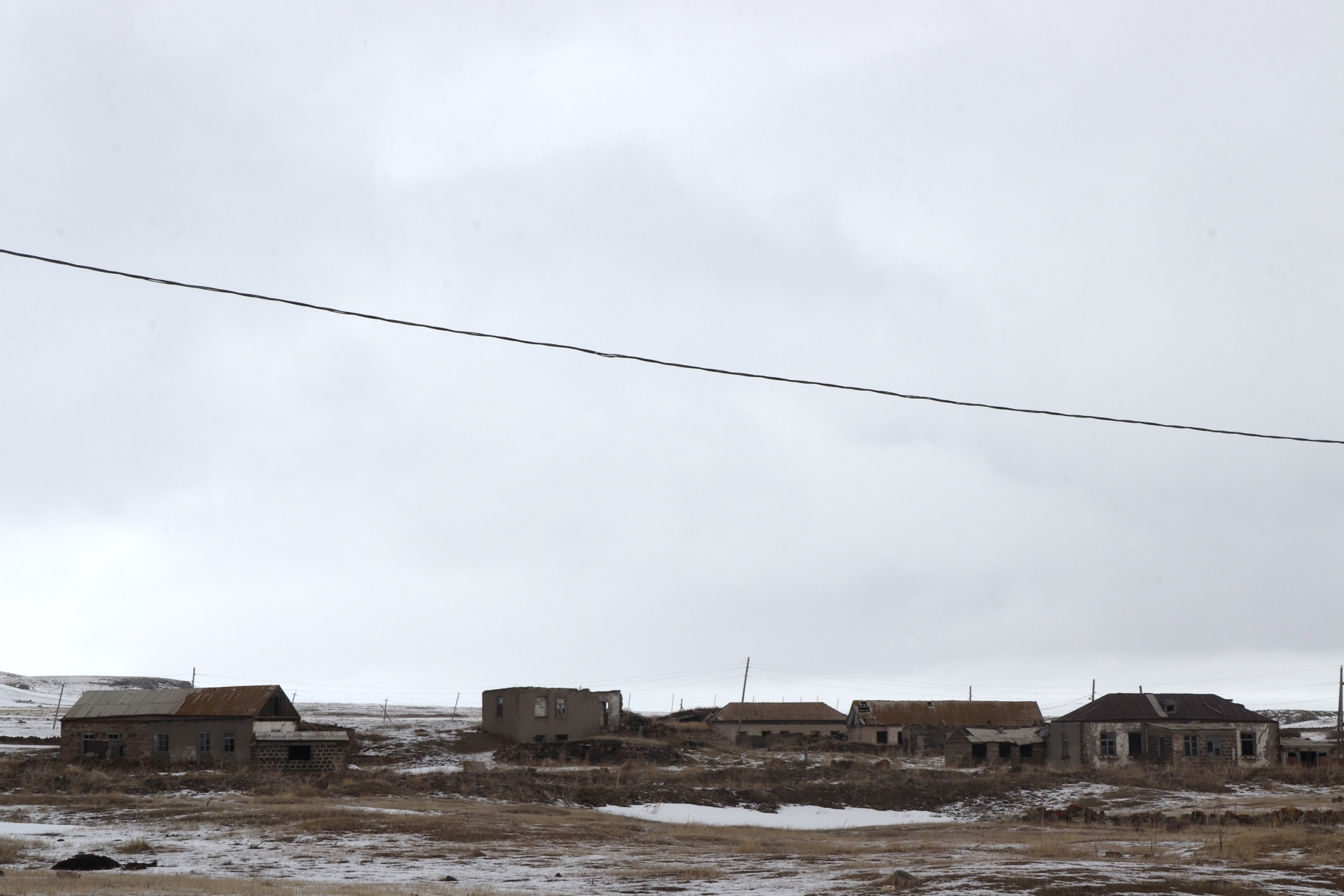
In the longer term, however, the issue becomes almost self-perpetuating: the disconnection acts as a hindrance to any prospective economic or social development in the village. As a consequence, there becomes even less interest in developing its infrastructure, and more people are driven to leave. Authorities have explicitly stated that the village’s issues are low priority, as ‘there are few beneficiaries in the village’.
‘There are scarcely any young people left in our village; they are all leaving’, laments Sos Arakelyan, a resident of the village in his late 60s. ‘Even our school only goes up to ninth grade, after which the children must continue their studies in neighbouring villages. However, this is not always feasible. For instance, in winter, the roads are often impassable, and the children cannot leave the village. No one wants to stay here anymore.’
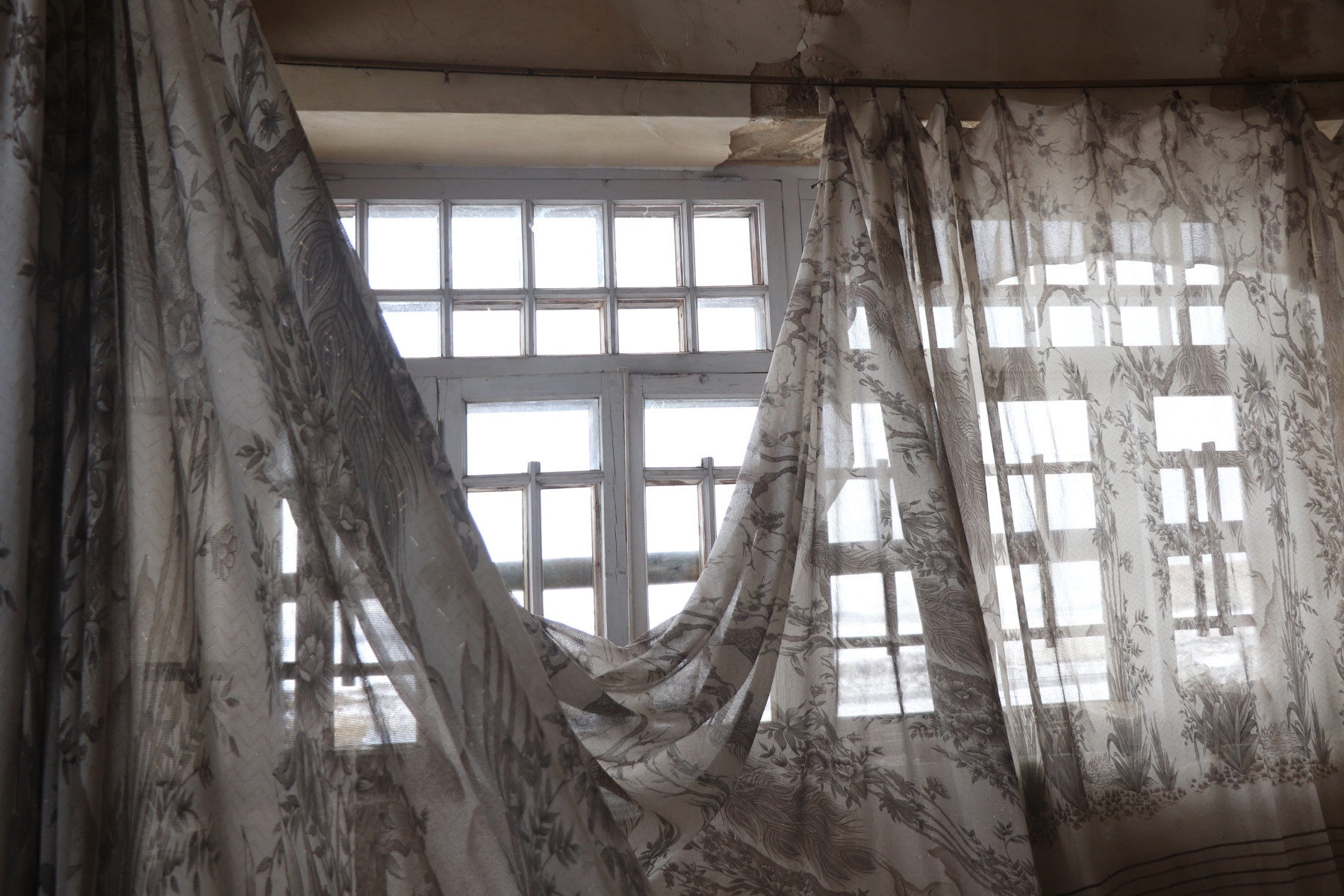
Arakelyan himself is amongst those who leave the village in the winter, returning only in spring, once it becomes more habitable. While the village grapples with numerous issues, he cannot forsake his home entirely, and has said that he will continue to return to the village for as long as his health permits him to do so.
‘I cannot leave my native land forever’, says Arakelyan. ‘We are attached to this place, despite the conditions.’
On the other side of Lake Paravani, the lake’s namesake village has found itself in a similar situation.
The village is located directly across the lake from Aspara, around 40 kilometres from Ninotsminda.

Currently, around 60 families live in the village, and approximately 50 students attend the local primary school. But how long they can remain there is unclear — the village’s roads are severely damaged, and it has neither gas supply nor a secondary school, making it hard for people to remain in the village long-term.
Even the primary school does not function as intended, as the building’s walls are too damaged for it to be safely used. Instead, children attend classes in a wooden building next to the school grounds. Classes run in three shifts, with teachers often ending their working day as late as 20:00.
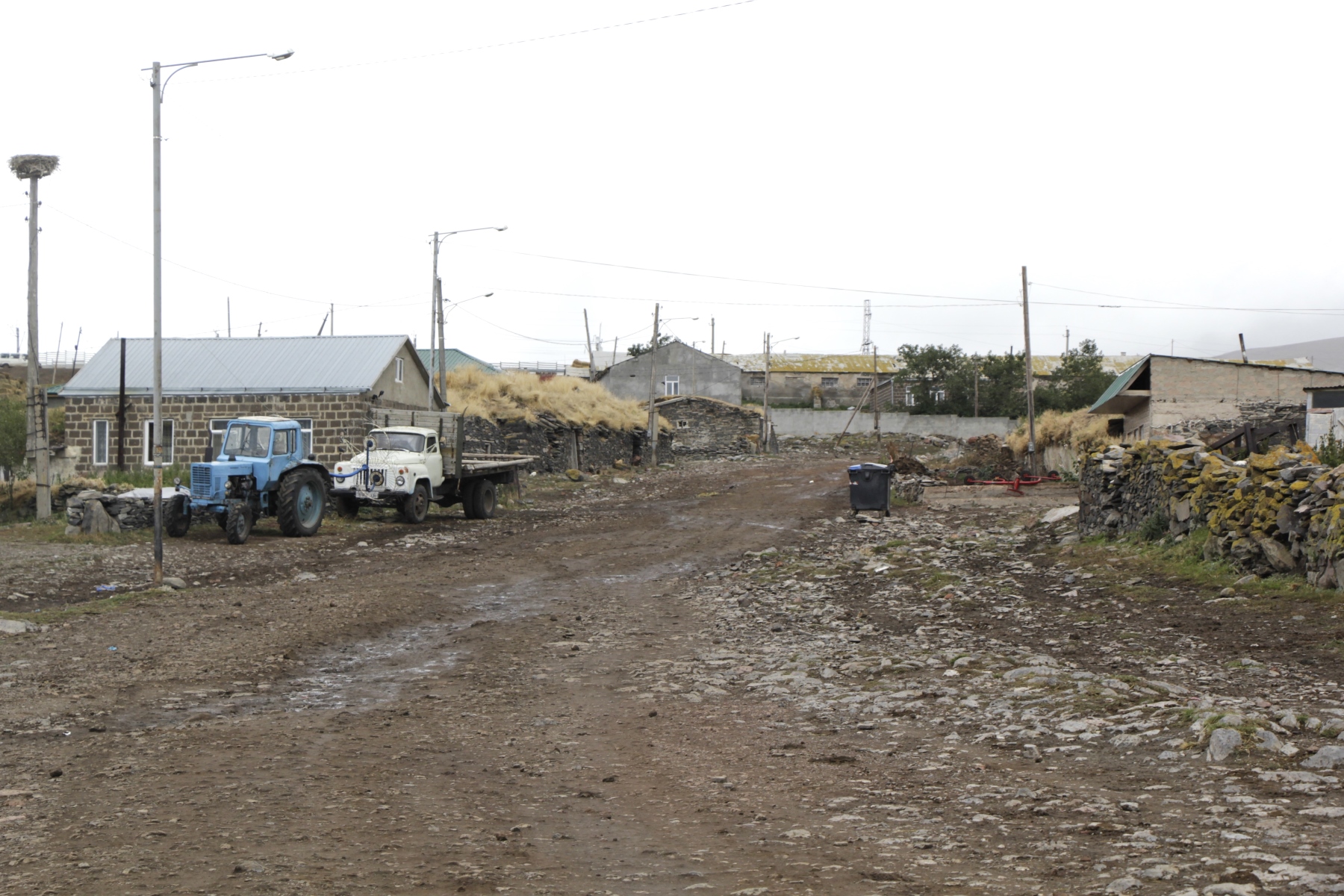
One of the teachers says that parents are now more committed to ensuring that their children receive a proper education than in previous years. This could mean that if a new school is not built, families will choose to migrate, in search of better educational opportunities elsewhere.
‘There is nothing here’, said one resident, who asked to remain anonymous. ‘No gas, no school, no playground for children to play in the yard. That’s why everyone wants to leave. People have no interest in staying here.’






